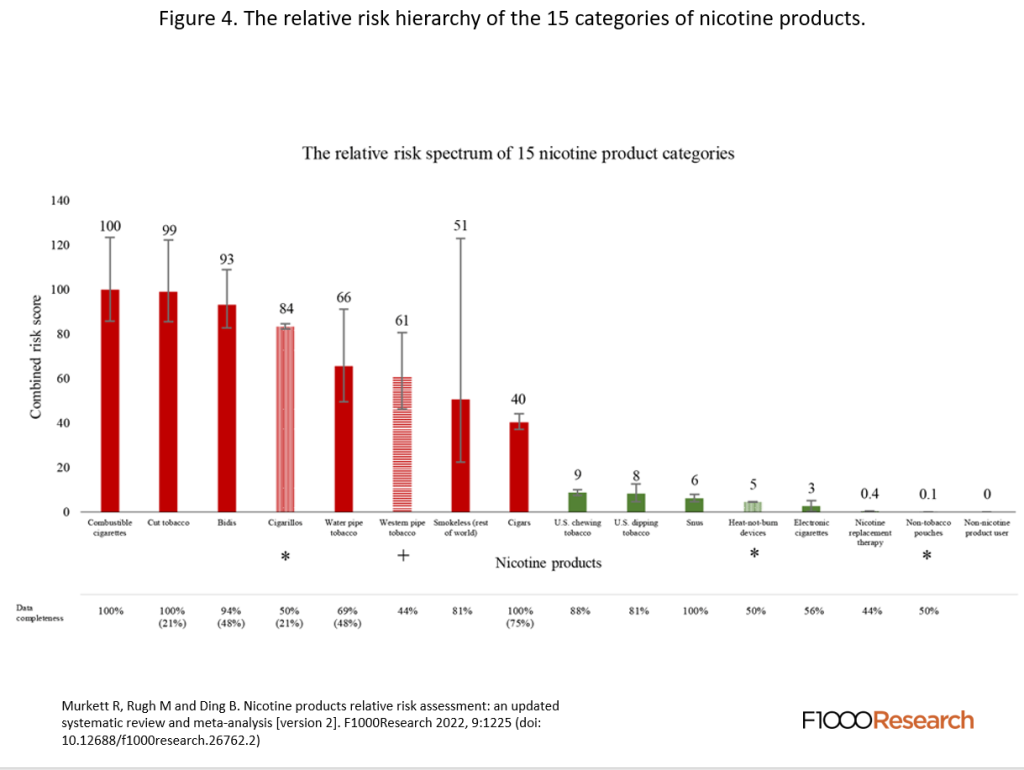In Canada, the handling of nicotine pouches has turned into a debacle, highlighting systemic failures across various stakeholders. Previously, Health Canada displayed a negative stance towards nicotine pouches, considering them as threats and advising against their use.
However, after extensive deliberation, in July 2023 Health Canada authorized the sale of NPs brand Zonnic, for smoking cessation. This marked a significant shift in policy, acknowledging the potential benefits of nicotine pouches in reducing smoking rates.
Unfortunately, Zonnic’s classification as a natural health product allowed its sale without a legal minimum age requirement, leading to concerns about youth access. Moreover, marketing efforts by Imperial Tobacco Canada (ITCAN) on social media platforms like Instagram, with visuals depicting young adults using NPs in various social settings, further fuelled the controversy surrounding the product.
As a result, public health groups including the Canadian Cancer Society, condemned Health Canada’s decision, emphasizing the potential risks to youth while neglecting the benefits of nicotine pouches for smoking cessation. Calls were made for stricter regulations, including classifying nicotine pouches as prescription-only or suspending sales altogether.
Provincial governments responded by imposing restrictions, such as limiting sales to pharmacies, to prevent youth access. However, these measures also hindered adult smokers’ access to a safer alternative. Federal Health Minister Mark Holland expressed strong support for provincial actions and proposed a national legislation to restrict the sale and advertising of nicotine pouches. Plans included banning flavours deemed attractive to youth, despite the evidence suggesting that flavour variety aids smoking cessation efforts.
Why is everyone suddenly panicking about nicotine pouches?
Ultimately, the uproar may have increased awareness of nicotine pouches among Canadian smokers. However, stringent regulations threaten to limit access to a harm reduction tool that could significantly improve public health outcomes.
In the US, following months of negative press, not only have nicotine pouches gained a new, bad reputation, but also a lawsuit directed at Philip Morris’ Zyn brand. This wave of panic about NPs seems to be a case of “fear of the unknown” and/or “resistance to change” brought about by the commercialization of the products and subsequent significant increase in their use across the US and Canada. As always, the media pick up on people’s fears and magnify them in order to create a sensation and attract readers/followers.
What does science tell us about the risks from NPs relative to other nicotine products?
Meanwhile, Vaping Post approached an expert on the topic, Bengt Wiberg, to gauge where science stands with regards to any health risks from NPs, in relation to other alternative nicotine products. Inventor and patent holder of the Stingfree pouch technology, and founder of EU4Snus consumer movement, Wiberg said he would recommend nicotine pouches, NRTs, vapes and snus in that order, to any smoker seeking to quit or reduce risk, but still wanting to consume nicotine.
 Wiberg referred to two papers. “In the most comprehensive one, oral nicotine pouches is classified slightly lower than NRTs and of course lower than e-cigs and snus. Nicotine pouches contain what is in snus except the tobacco leaf has been substituted for natural plant fibers and thus containing no tobacco specific nitrosamines, traces of heavy metals etc. Therefore nicotine pouches have lower risks than snus with tobacco.”
Wiberg referred to two papers. “In the most comprehensive one, oral nicotine pouches is classified slightly lower than NRTs and of course lower than e-cigs and snus. Nicotine pouches contain what is in snus except the tobacco leaf has been substituted for natural plant fibers and thus containing no tobacco specific nitrosamines, traces of heavy metals etc. Therefore nicotine pouches have lower risks than snus with tobacco.”
The study Nicotine products relative risk assessment: an updated systematic review and meta-analysis reviewed 123 studies. The research team scored all combustible tobacco products score between 40 and 100, with bidis and smokeless (rest of world) also in this range. All other products have a combined risk score of 10 or less, including U.S. chewing tobacco, U.S. dipping tobacco, snus, heat-not-burn tobacco, vapes, non-tobacco pouches and nicotine replacement therapy.
Similarly, the paper Estimating the Harms of Nicotine-Containing Products Using the MCDA Approach, in which an expert panel convened by the Independent Scientific Committee on Drugs developed a multi-criteria analysis model of the relative risks of nicotine-containing products, found that while cigarettes scored 100, as the most harmful product, snus, NPs, NRTs, vapes and various other non-combustible nicotine products all scored 15 points or less.













